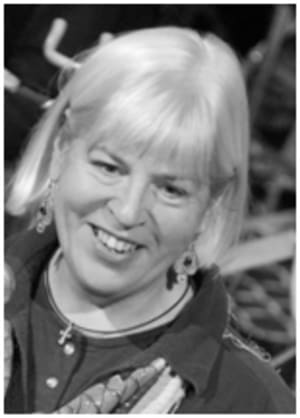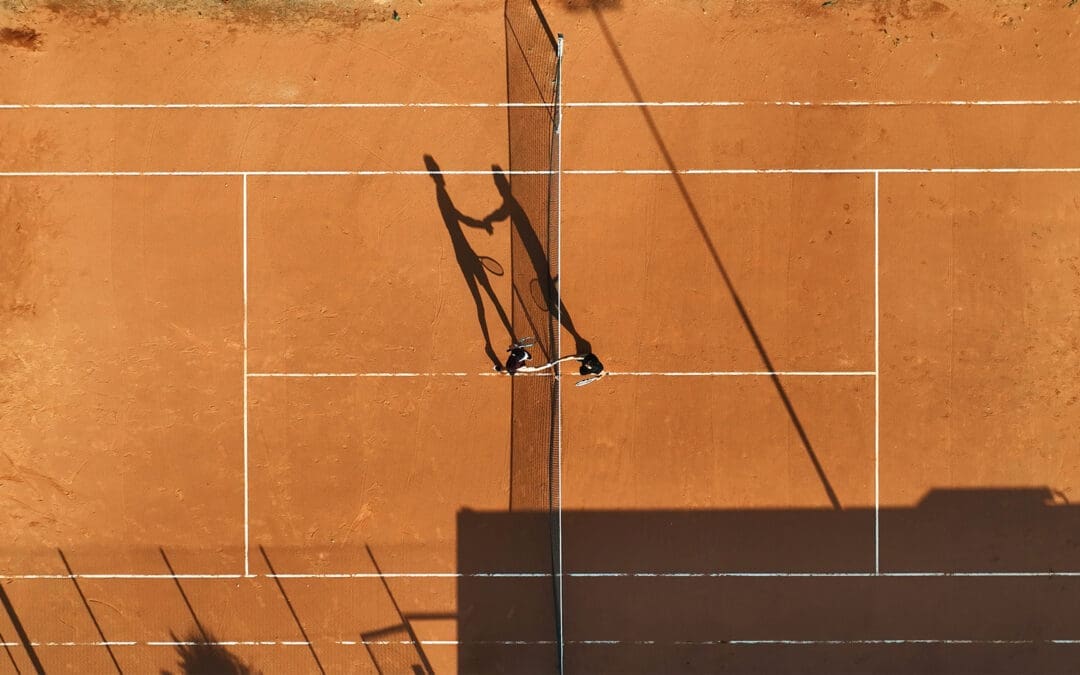I spent a day this past September on silent retreat at the Five Oaks Retreat Centre near Brantford, Ontario. It’s on a spit of land on the Grand River, in the middle of Six Nations territory: a number of stones and plaques around the property speak of the good reciprocal relationship the Centre has developed with its First Nations neighbours. The fast-flowing water and the steady stones and the wooded hillside each bear witness to a connection that goes way back, past the retreat centre’s ramshackle buildings, to presences primeval and real. As an immigrant to this land, I am always sobered by a realization of treading on the lives of those who were here before me. Take a stone and set it up as a pillar. We still and always want waking, writes Annie Dillard.
Some years ago, one kind of waking for me was an encounter with Pale as Real Ladies: Poems for Pauline Johnson, the first volume of poetry by Joan Crate, who lives and teaches in Alberta. In this book she set out to give prophetic voice to Pauline Johnson, a woman from the Six Nations Reserve who lived from 1861-1913, a poet and story-writer, daughter of an English emigrée and a Mohawk chief. Crate’s poetry focuses on this collision and collusion of white and native cultures in the person of Johnson herself. At a time when it was unusual for women to travel, Johnson crossed the United States and Canada on many occasions, and three times went as far as England, to give public readings of her poetry: she performed in a European silk dress for the first half of the evening and in “buckskin and beads” for the second. Using her grandfather’s Indian name, Tekahionwa:ke (“double-wampum” or “double-life”), as her stage name, Johnson presented herself in terms of her doubled identity as both native and (British) Canadian.
In most of the poems in Pale as Real Ladies, Crate assumes the persona of Johnson. In the opening piece, written on a prairie Greyhound bus, Crate tells us, “Half-blood was your word . . . Half this and half that. Tonight on this bus, I am half me and half you.” She has a startling ability to create telling images. The title of the book comes from its first poem, “In the closet under the stairwell,” which describes Pauline and her sister Eva playing with white, flaxen-haired porcelain dolls as if the dolls, in imitation of the mother, were angels adrift in a male world of sweat and riotous colour. The little girls themselves “curl [their] hair and dust talcum powder / over cheeks and eyelids, / turn pale as real ladies.” Images of fine china, fallen angels, and unsettled or unsettling whiteness recur throughout the volume in relation to the white culture of which Johnson is only tentatively a part. “Boarding School” conveys with devastating clarity the deathly propriety of the white school in which “[w]e are barely alive,” and “the walls so white / they are barely visible.” The child wants to retrieve a barley sugar candy from her satchel and “suck it, taste it / sweet and amber on my tongue, / but cannot move.” The contrast is powerfully drawn between this desire for direct sensual experience and the “line drawings in pastel / smudged at the edges”, which are the white children of the school.
Crate’s touch is equally sure in “Photograph of Mother,” where the contrasting images of raw meat and white flour not only carry the weight of the clash of two cultures, but also transmute the clash specifically into that between male and female as lovers:
A young woman in the kitchen, her face
bitten with guilt. She is making bread
and her white Quaker hands shape prayers
in the dough, spill haloes of flour
through window light.
Here again is the image of the white woman as fallen angel, her white hands “angel wings” fluttering over the dark back of her lover. The image carries particular power in the last poem of this first long section of the book, “I am a prophet,” written after Johnson’s death when she has become the stuff of legend. The poem offers a parody of the Judaeo-Christian story as it becomes enmeshed with native Indian mythology, each episode of the narrative visible in different scars on Johnson’s body: “My flesh / is a series of writhing tablets.” The stories of her body are for sale to whoever will stand her the price of a drink, for the fallen angels have degenerated into alcoholic spirits. Thus the prophet-prostitute can say:
For ten bucks I will show you
every scar on my body.
Another ten, you can make your own.
I will dance for you in a veil
of red waterfalls.
Stay, I am a prophet.
Angels visit me at night with pen knives.
Of course, the volume is not flawless. At times, Crate seems insufficiently sensitive to Johnson, as when the rather clumsy authorial voice of “Prairie Greyhound” informs Johnson of the events of Johnson’s own life. And at times Crate miscalculates the weight her images can bear—for instance, though the trope of various “tongues” is obviously appropriate to a cross-cultural setting in which the hierarchies of language present a barrier that the poet aims to overcome, Crate sometimes makes the image well-nigh metaphysical in its oddness: “Under headlights, a thin white tongue unravels the night,” and “It is a history, old man, that unwinds / from your long tongue glistening / in my stillborn brain.” But these lapses don’t detract from the palimpsestic power of the book, as Crate negotiates between the private and public worlds of Johnson’s life and her own present awareness. The final poems return searingly to the images of fishing, hooks, and gutting that have in the first part of the book often been used to describe the uncomfortable intercourse between the white and native worlds. And in the short final section, “Legends,” Crate places Johnson’s voice at the core of a number of native myths, because she has suffered to understand, has embraced her hybridity as the only way to survive.
When I first read and reviewed Pale as Real Ladies twenty years ago, I was living in Ottawa, five-hundred-odd kilometers from Hamilton, Ontario; I had never heard of Johnson, or the Six Nations Reserve. And then, some years after my family and I moved to Hamilton, a friend of ours from Ottawa, Charlotte Gray, came down to the Reserve for the launch of her new book, Flint & Feather: The Life and Times of E. Pauline Johnson. I went to the book launch, and realized with some shock that there was an entire and discrete society of indigenous peoples just thirty kilometers down the road about whom I knew almost nothing. I discovered from talking with Gray that Johnson had actually stayed with friends in Hamilton many times, in a house about half a kilometer from ours.
I teach Crate’s poems now, the two voices of Crate and Johnson overlapping in the classroom with the pull of currents from a fast river. My students are mainly white, and often almost as unaware of First Nations cultures as I was on first reading those poems. Crate’s poetry awakens them to think about whiteness, and a different local history, and the Grand River, in new ways and perhaps with a more tender conscience. They are intrigued to discover Johnson’s own poetry, her own life. Her voice echoes across the years, ricocheting through Crate’s stanzas. For poems too can be memorial stones—stones with double lives.

